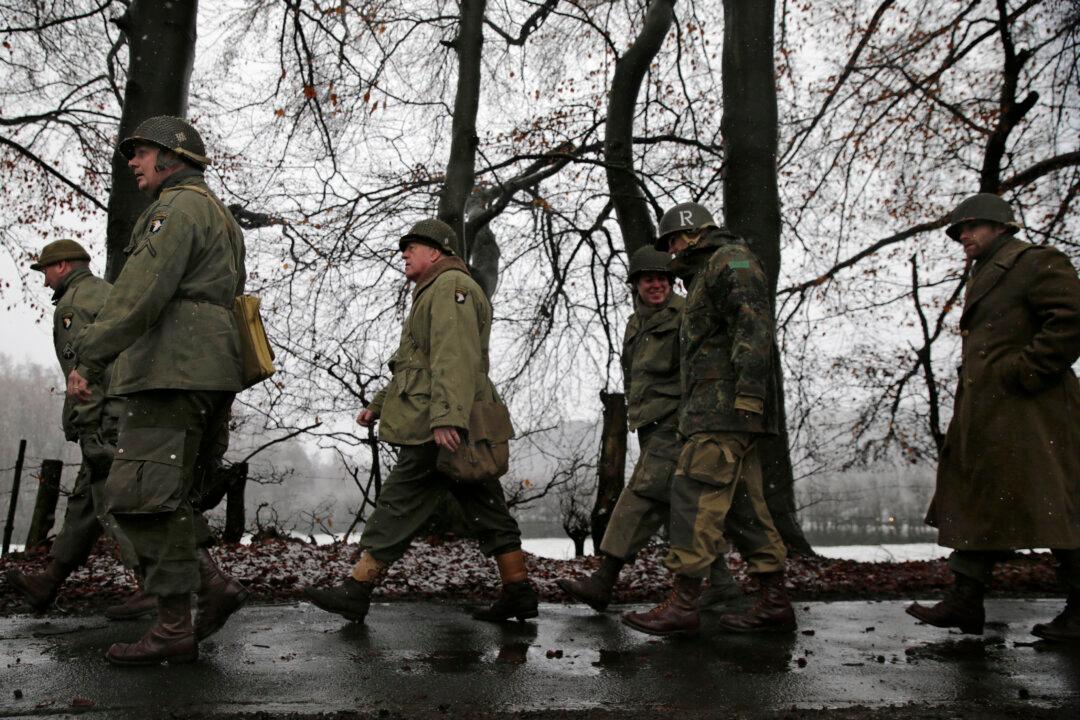How can someone you have never seen, never spoken to, or never known, be the greatest influence in your life? My father was that person for me. He was a glider pilot in World War II, who successfully completed his mission on D-Day. He landed in a field in St.-Mère-Eglise, the first village in France liberated from German occupation. 21 days later, on the day I was born, June 27, 1944, my father, Flight Officer Walter Bert Lindberg, was awarded the Air Medal for his bravery on that historic day.
On the 80th anniversary of D-Day, June 6, 2024, I and my husband attended the weeklong commemoration of that historic date when the liberation of Europe began. The first person I met was an American paratrooper, who was going to jump from a C-47 (a World War II airplane) in a reenactment. When I told him about my dad, he took my father’s photo to carry with him. I was able to tell my father’s story over and over to many. The local townspeople expressed their gratitude for my father’s role in their liberation but also expressed much appreciation for America and the ultimate sacrifices made by so many.
As my husband and I walked down the hill facing Omaha Beach, we heard the music of songbirds in the trees. It must have been the same 80 years ago, when their songs were suddenly interrupted by deafening roars of cannon fire from the American battleships offshore. The sounds of terror were answered by herculean German artillery mounted in the Nazi fortifications on the cliffs above.


